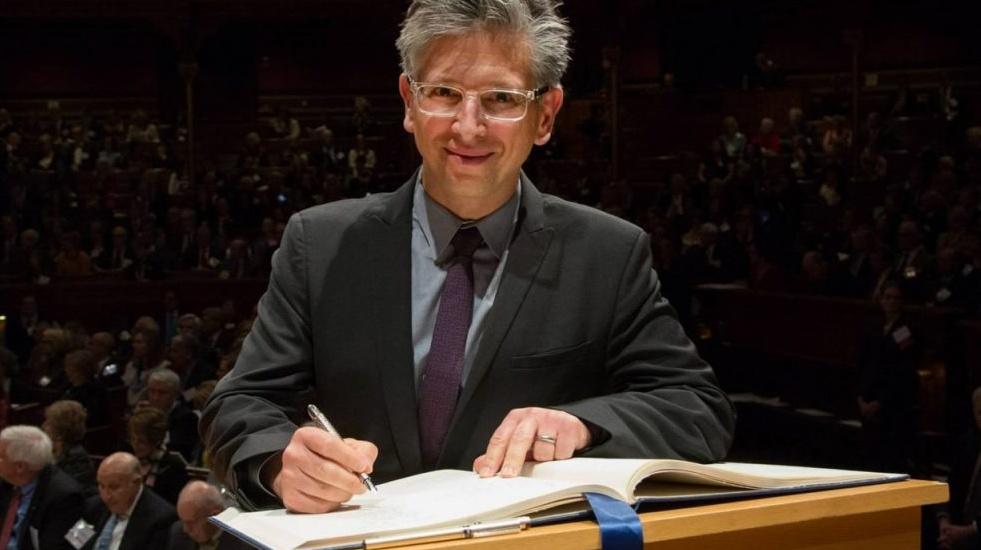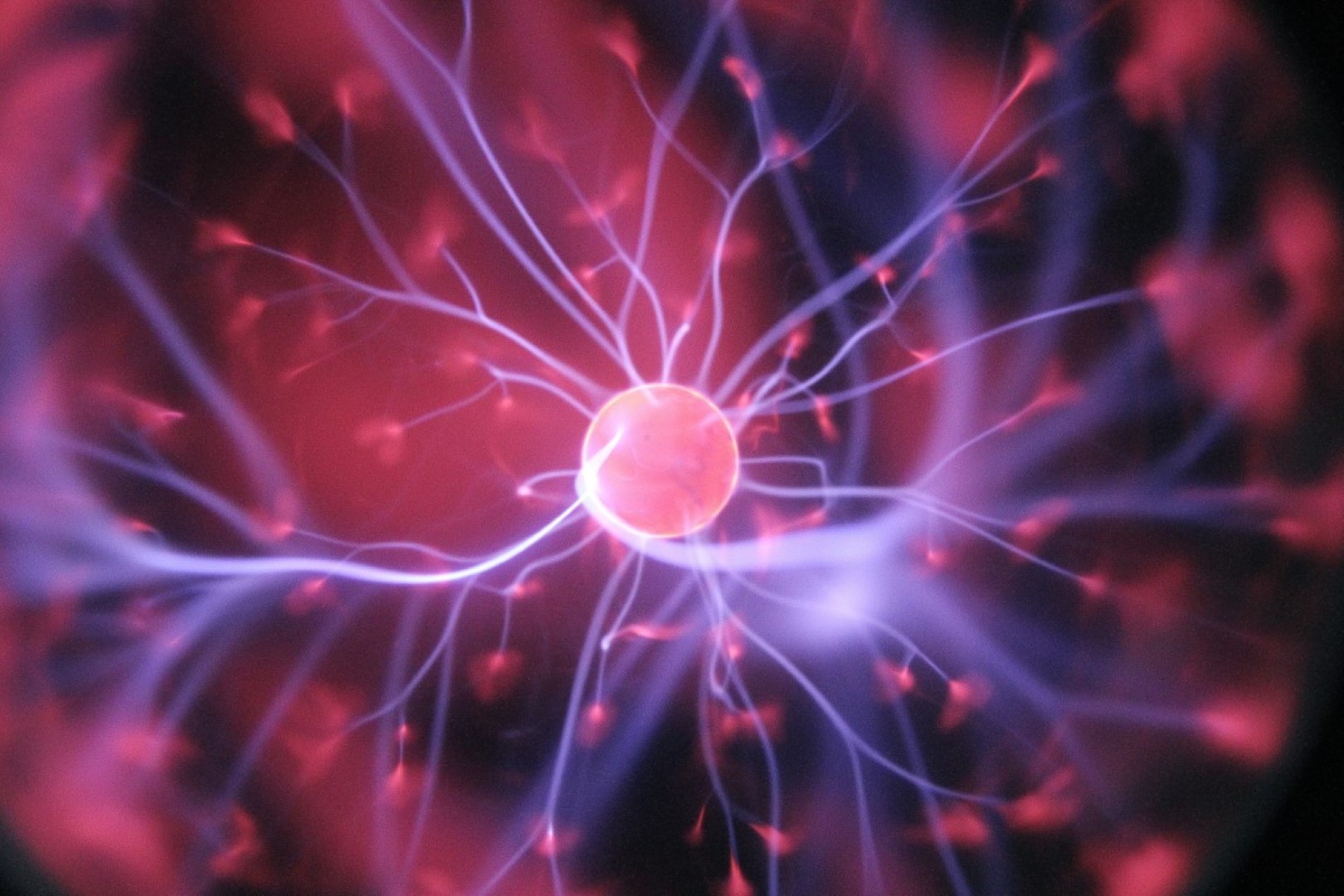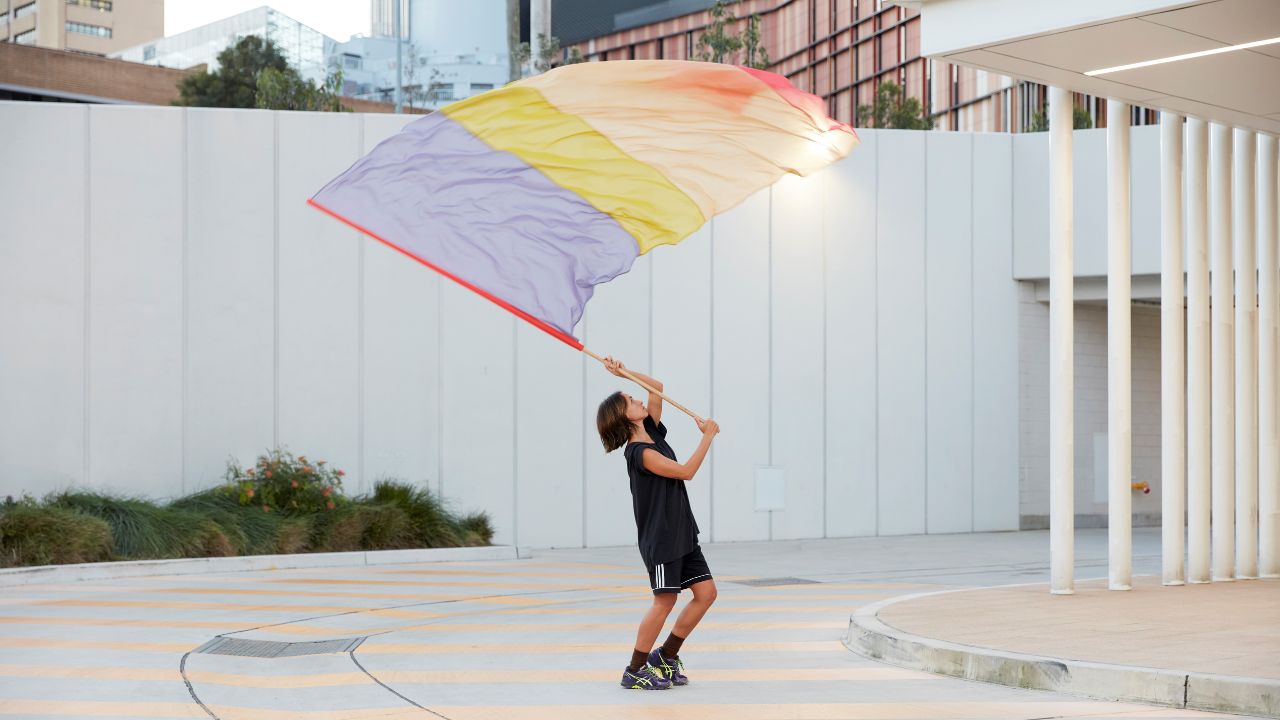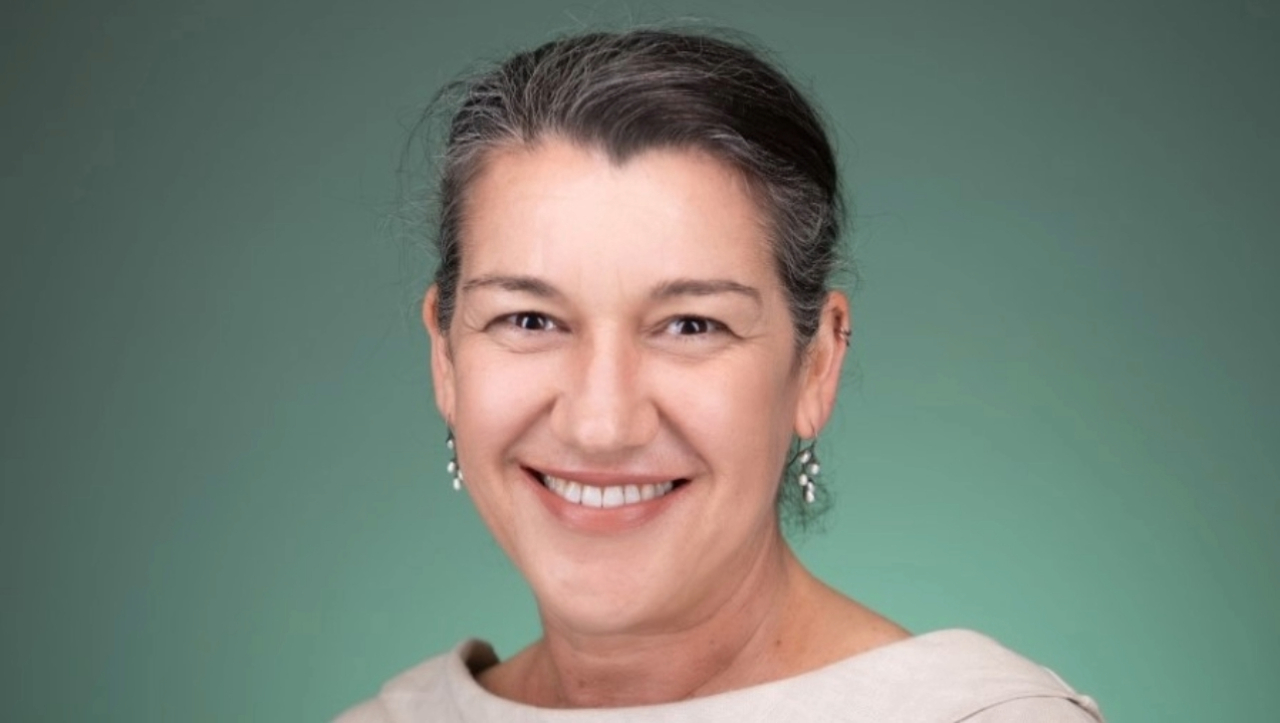Adding the Chemical Dimension to Lithography at All Scales

Professor Paul Weiss on 'Adding the Chemical Dimension to Lithography at All Scales: Enabling Cellular Therapies & Other Adventures in Biology and Medicine.'
By controlling the exposed chemical functionality of materials from the submolecular through the centimeter scale, we have enabled new capabilities in biology, medicine, and other areas.
Professor Paul S. Weiss will discuss current and upcoming advances and will pose the challenges that lie ahead in creating, developing, and applying new tools using this capability. These advances include using biomolecular recognition in sensor arrays to probe dynamic chemistry in the brain and microbiome systems. In other areas, we introduce biomolecular payloads into cells for gene editing at high throughput for off-the-shelf solutions targeting hemoglobinopathies, immune diseases, and cancers. We circumvent the need for viral transfection and electroporation, both of which have significant disadvantages in safety, throughput, cell viability, and cost. Mechanical deformation can make cell membranes transiently porous and enable gene-editing payloads to enter cells. These methods use specific chemical functionalisation and control of surface contact and adhesion in microfluidic channels.
Speaker: Professor Paul S. Weiss, UC Presidential Chair and distinguished Professor of chemistry & biochemistry and of materials science & engineering at UCLA.
The talk will commence at 12pm sharp at K-F10-M17, please be on time. Lunch will be served from 1pm outside M17. For further information, please email acn@unsw.edu.au

Professor Paul Weiss
Paul S. Weiss holds a UC Presidential Chair and is a distinguished professor of chemistry & biochemistry and of materials science & engineering at UCLA. He received his S.B. and S.M. degrees in chemistry from MIT in 1980 and his Ph.D. in chemistry from the University of California at Berkeley in 1986. He was a postdoctoral member of technical staff at Bell Laboratories from 1986-88 and a visiting scientist at IBM Almaden Research Center from 1988-89. He served as the director of the California NanoSystems Institute and held the Fred Kavli Chair in NanoSystems Sciences at UCLA from 2009-14. Before coming to UCLA, he was a distinguished professor of chemistry and physics at the Pennsylvania State University, where he began his academic career in 1989. His interdisciplinary research group includes chemists, physicists, biologists, materials scientists, mathematicians, electrical and mechanical engineers, computer scientists, clinicians, and physician scientists. They focus on the ultimate limits of miniaturization, exploring the atomic-scale chemical, physical, optical, mechanical, and electronic properties of surfaces, interfaces, and supramolecular assemblies. Two major themes in his laboratory are cooperativity in functional molecules and single-molecule/assembly biological structural and functional measurements. He has written over 400 publications, holds over 30 patents, and has given over 700 invited, plenary, keynote, and named lectures.



